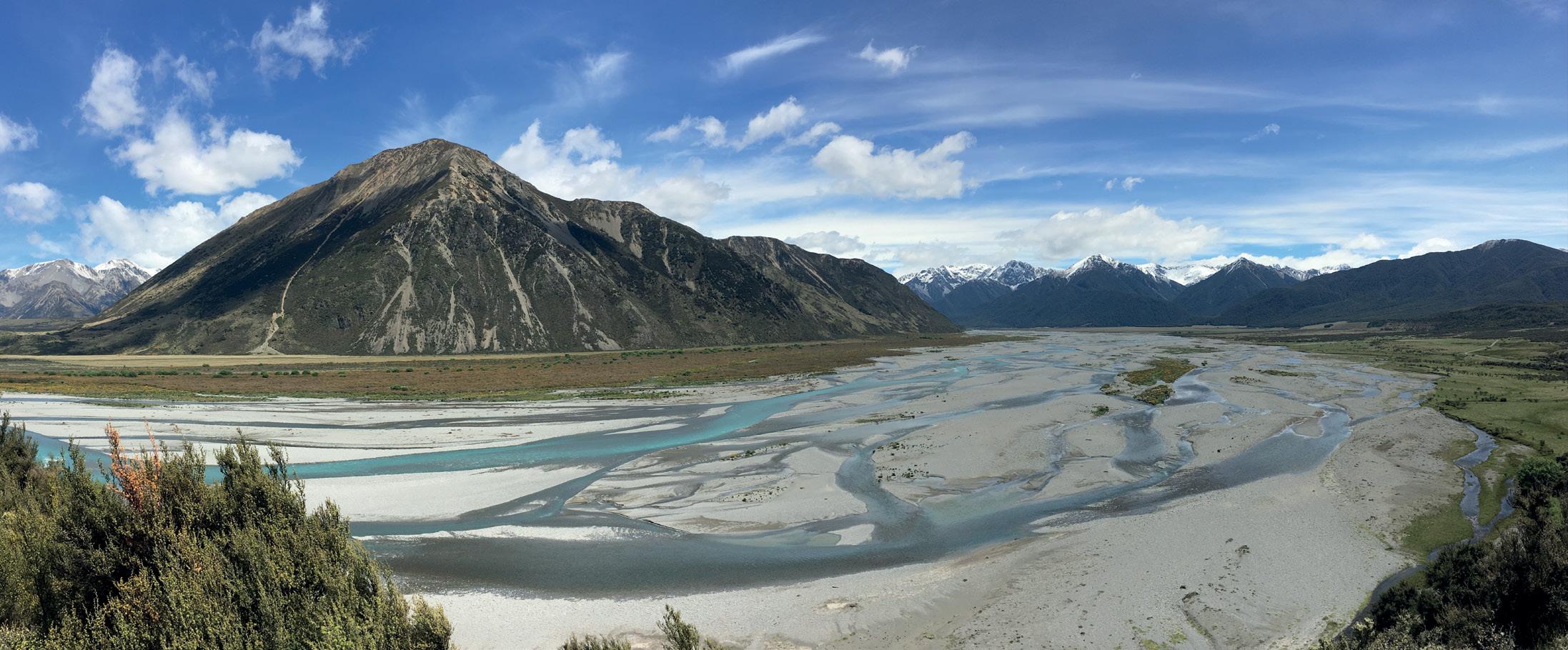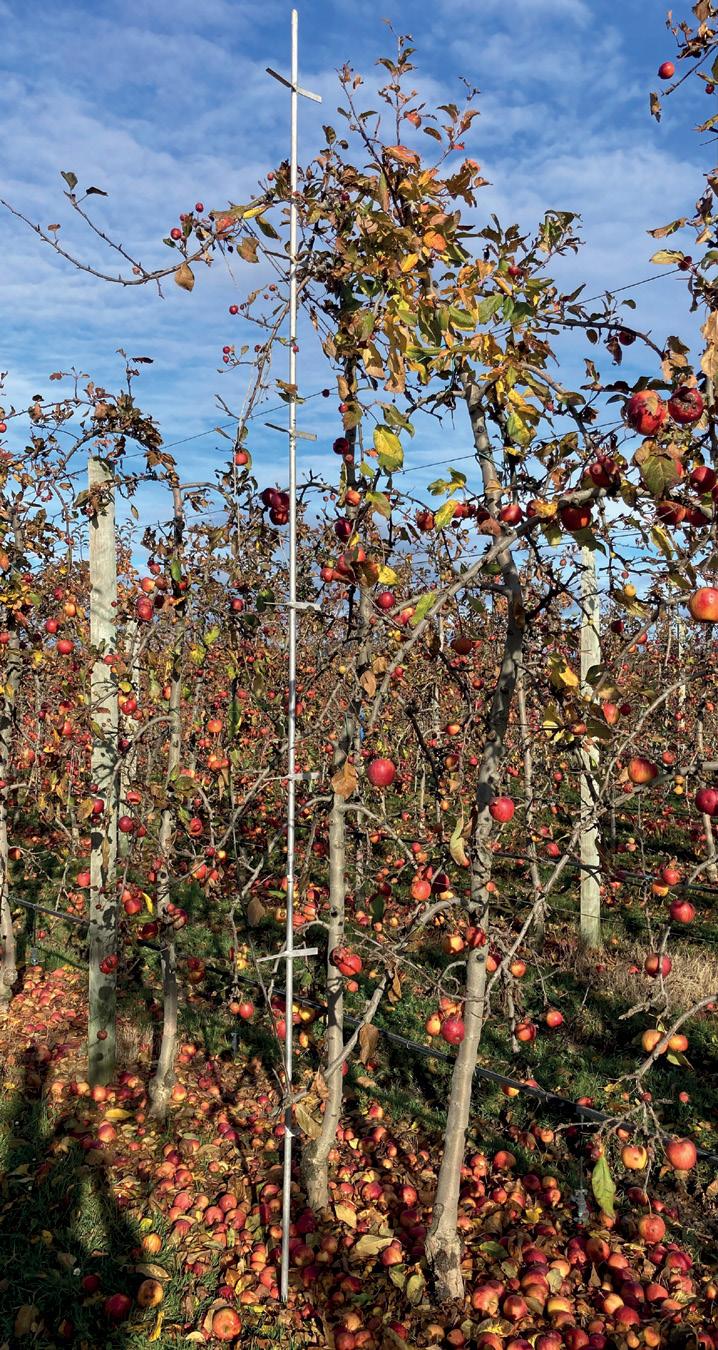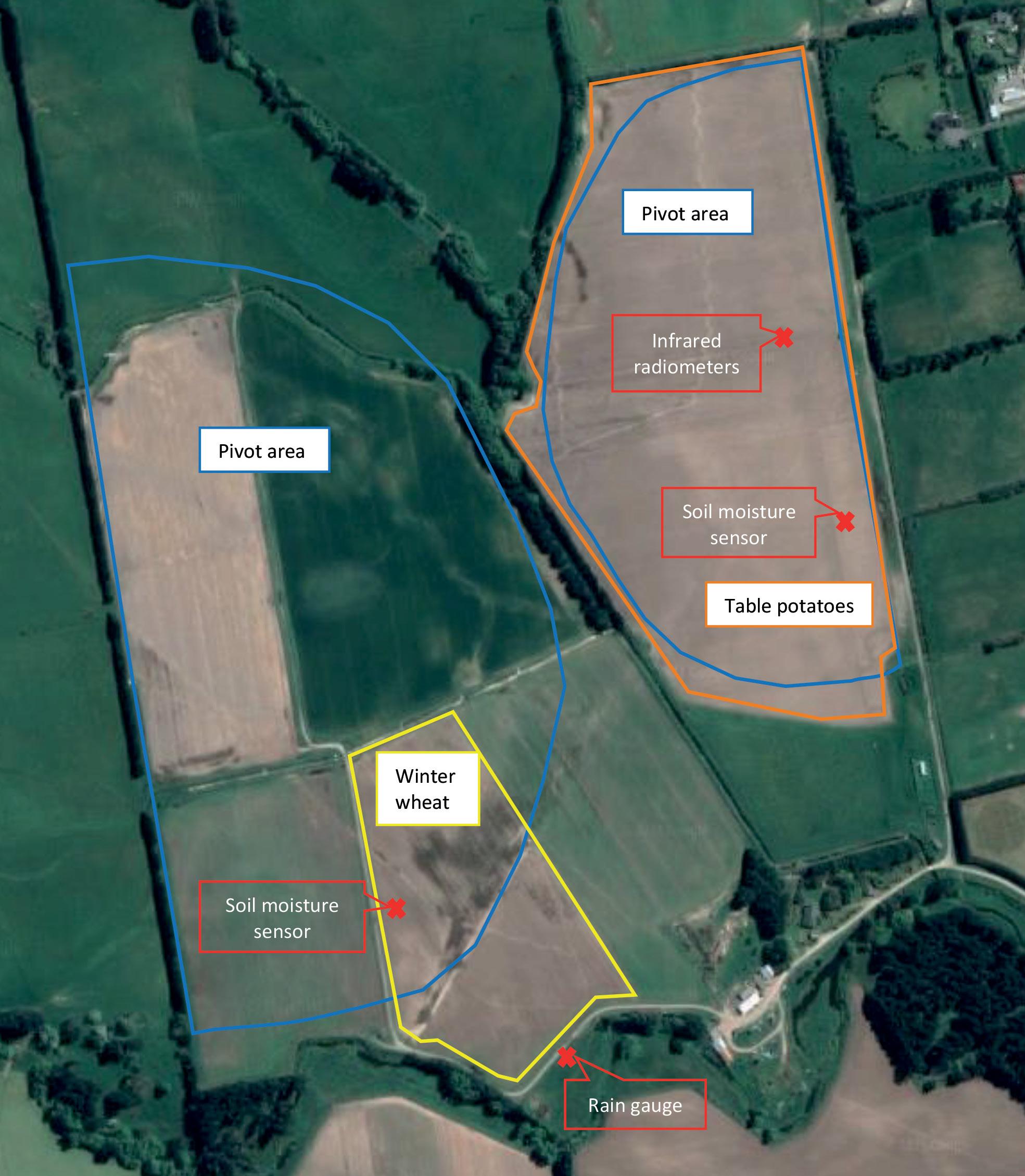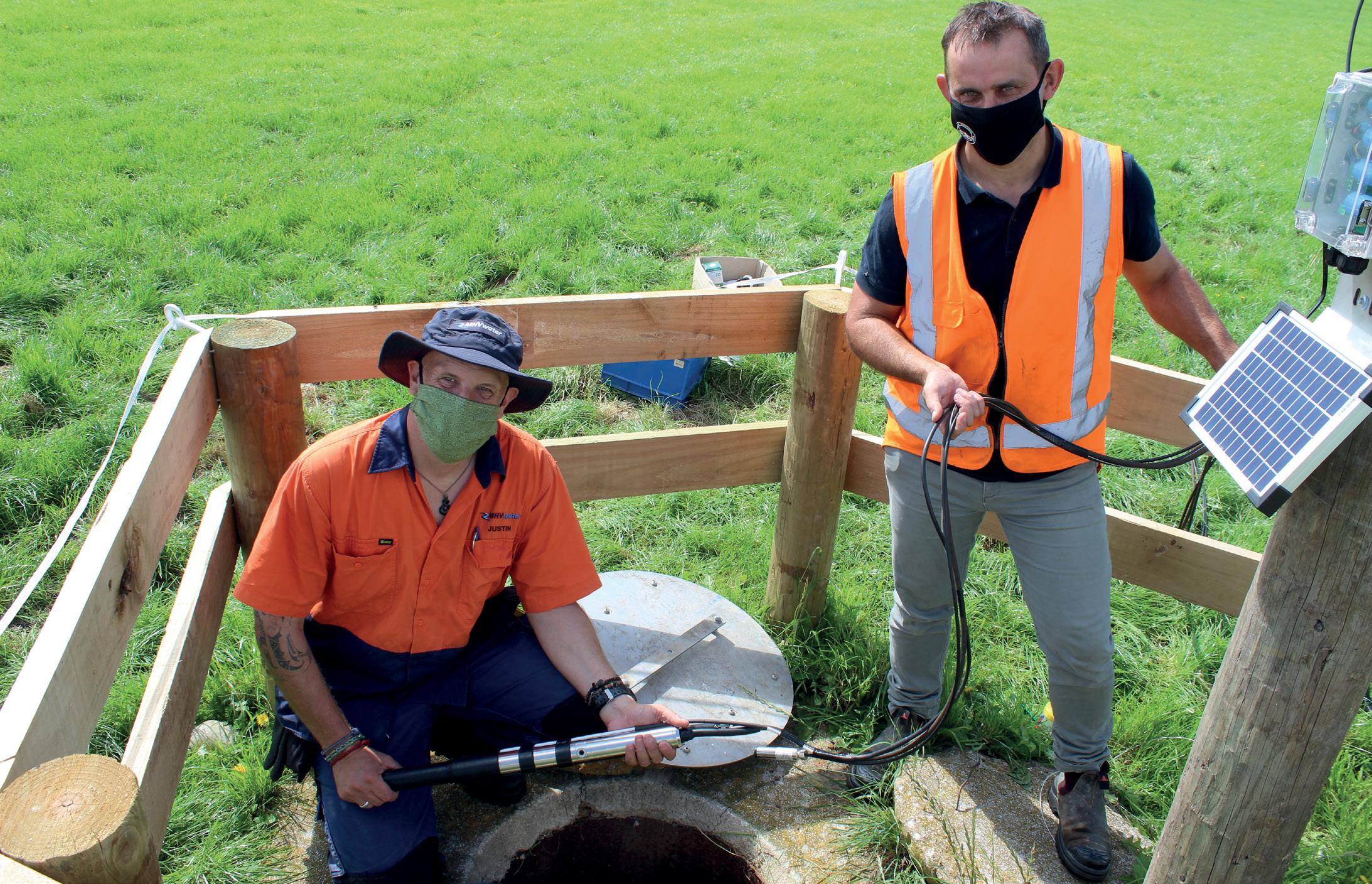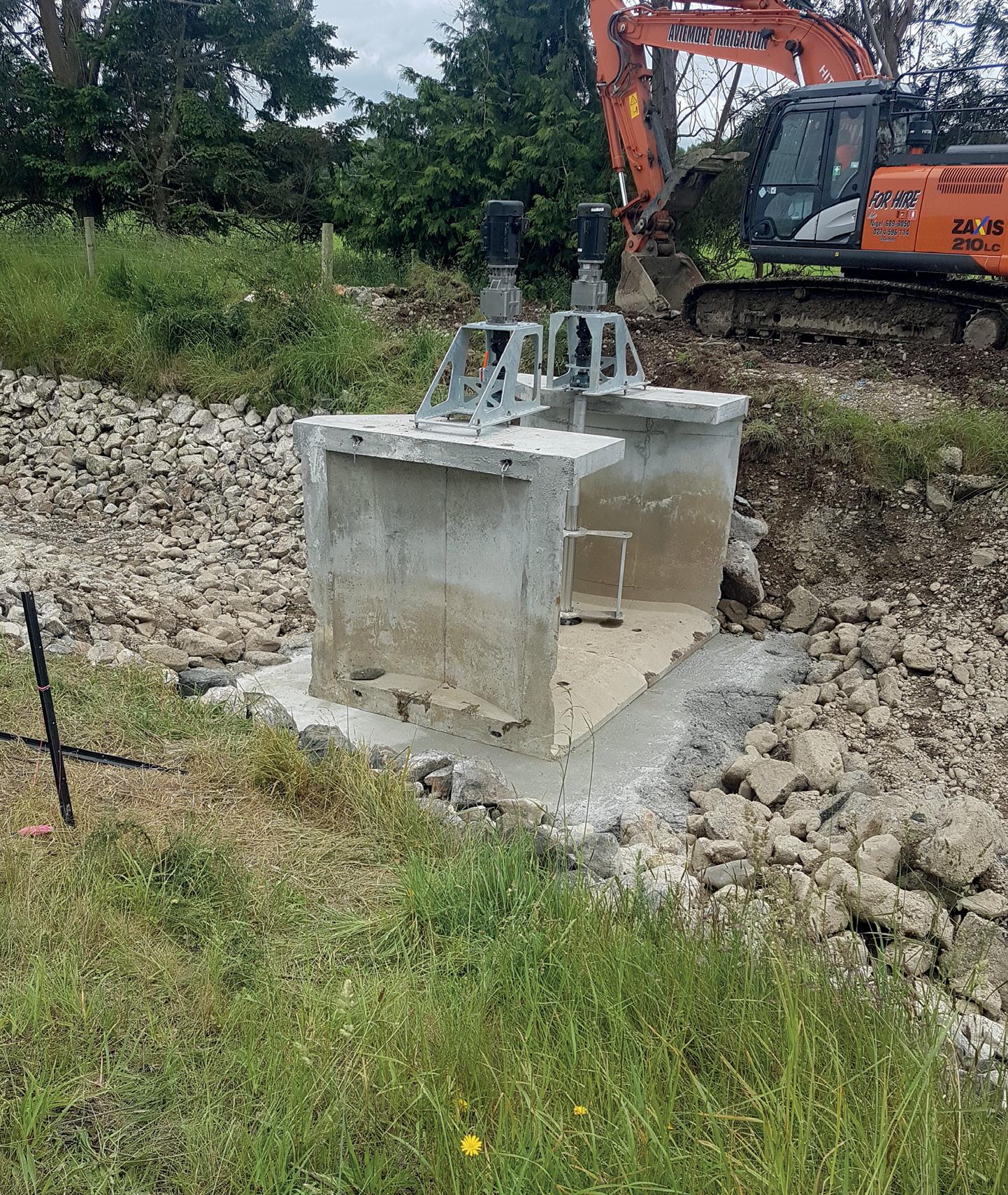
5 minute read
Julian Raine: Growing across sectors
Sharing the story of growing across sectors
From milk and hops to boysenberries and feijoas, a Nelson farmer and orchardist has had a hand in growing them all, and says irrigation plays a big part in making it possible.
Advertisement
Julian Raine grew up on a dairy, sheep, and beef farm called Oaklands, which is between Stoke and Richmond in the Nelson area. Although his grassroots were and still are here, he also grows a range of other things, especially those you may find in your fruit bowl. He said that while there has been a lot to learn about growing different crops, he believed some principles applied across them all.
“If you can grow one crop you can grow another, especially when you have the help of irrigation. However, you have to learn what the different varieties require. Horticulture is more intensive and there is less margin for error. Pasture, in comparison, is more forgiving. The basic skills remain the same.”
Julian’s family has lived at Oaklands for over 179 years. They shifted away from the sheep part of their business in the early 2000s. The 460-hectare property now supports a dairy herd of 100 cows, as well as finishing dairy beef and 100 hectares of forestry blocks. There is also a quarry on the farm. The business owns a second dairy farm, milking 400 cows, which is located at Motopiku, about 50 kilometres further south of the home farm. Julian became interested in horticulture after he left Lincoln University in the 1980s.
They have diversified over the years into a variety of sectors, around 200 hectares of apples, 30 hectares of boysenberries, and 10 hectares of gold kiwifruit; all of which are irrigated through various systems.
In 2013 they got into retail milk, and have reduced their number of cows to 100. They developed Oaklands Milk, which is available for delivery through Nelson and Marlborough, and Aunt Jean’s Dairy, which is available throughout New Zealand. When looking at the possibility of exporting their milk it proved difficult, so they explored the option of adding value by creating ice cream. The cream is now used for their ice cream brand, Appleby, which started in 2014, and was the idea of Julian and fellow farmer Murray King. It is produced at their own factory which was built in 2018. The name Appleby is after part of the Waimea Plains where Murray King’s home farm is. The ice cream is available in New Zealand and also exported to Singapore, Australia, and Taiwan.
One of their big drivers, aside from financial, is helping consumers understand where their food comes from, and that it starts its journey well before the supermarket shelf, Julian said.
“Food doesn’t start in the grocery store; people have a disconnect with their food, and we have an opportunity to improve that understanding.”
It was 2015 when Julian decided they needed to open their farm gates to the public. They now have a KPI of having 350 visitors through their farm each year.
“We want people to see we care for our stock and the environment, recycle what we can as well as reduce our carbon footprint as much as possible. We get a lot of school groups as educating children is important.”
Water has been a key component of allowing diversification, Julian said.
They have developed both their pastoral and horticultural irrigation over the years, and its management has changed significantly.
“Twenty years ago we had a shovel looking at crops and soil, and now it is all computer modelling relying on sensors, which takes
This season’s kiwifruit gold crop.
everything into account. As a result we save a lot of water – I believe we’re saving 30 percent compared to past water use.”
Julian said that due to climate conditions and the expanding need for water he has witnessed significant restrictions for irrigators on the Waimea Plains over the years. This has motivated him to be involved in the development of the Waimea Community Dam over the last 20 years.
Waimea Water is a joint venture initiated between Tasman District Council and the irrigators on the Waimea Plains to create the Waimea Community Dam. The dam is 53 metres high; the lake created by it will hold 13 billion litres of water, be 220 metres long, feed underground aquifers, and supplement the Waimea River. It is one of the region’s most important infrastructure projects ever, and the largest dam built in New Zealand for over 20 years.
“Within the next 12 months we will have the dam commissioned, which will mean a lot for the Waimea Plains. It will take out climatic vagaries and allow access to water at critical times of the year.”
“The climate throws all sorts of changes and challenges at us, and having the ability to manage crops is a powerful asset we hold.”
Julian’s engagement beyond the farm gate includes his involvement with HortNZ. He joined the HortNZ board in 2013. After two and a half years he became chairman, a role he held for five and a half years.
“To me, it was important to give back to the sector. Horticulture has been good to us, and it’s good to bridge the gap as a grower collective. You can’t do it on your own, but you can do it together.”
Julian said, “Seeing people and hearing of people enjoying our product from our brand is the best success.”
When it comes to running several businesses, Julian said they couldn’t have been successful without their great team. “People are the greatest asset.” Irrigation at Motupiko.






